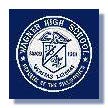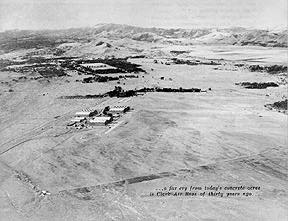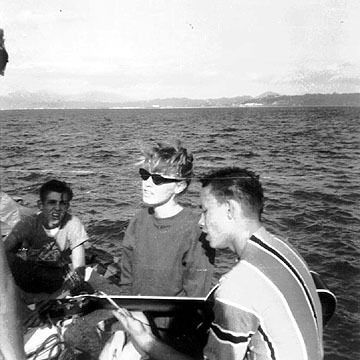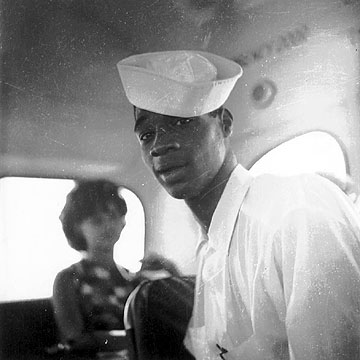 |
John Prunier's Class of 1965 Page 1946 to Present - Page 2 |
 |
 |
John Prunier's Class of 1965 Page 1946 to Present - Page 2 |
 |
 |
Clark Field, circa 1932.
|
|
|
|
| "The area
that is now Clark Air Base was established shortly after the Spanish-American
War and was originally a cavalry post, known as Fort Stotsenburg, in honor
of Colonel John M. Stotsenburg of the 8th Cavalry, USA, who was killed
in action in Quingua, Philippines on September 23, 1899.
In 1918 the Signal Corps branch of the Army organized an aviation section and an area of Fort Stotsenburg was set aside for this new branch and renamed Clark Field, in honor of Major Harold M. Clark, the first U.S. Airman to fly in Hawaii. He later died in an air crash in Panama. Although untouched during World War I, the Clark-Stotsenburg area received a bloody initiation into World War II when, on December 7, (Dec. 8th PI time), the Japanese Air Force struck here at approximately the same time that they hit Pearl Harbor. Wave after wave of Jap bombers followed by "Zeros" bombed and strafed the base, destroying most of the military installations and killing and injuring scores of military personnel, dependents and Filipino civilians. Almost powerless and completely outnumbered American and Filipino pilots continued to fight a courageous but futile battle until the base finally fell. Clark then became a major operations base for the Japanese during the occupation. The ill-fated "Bataan Death March," which had many Clark soldiers in its ranks, had its beginning on the peninsula of Bataan on the southwest side of Luzon. The men held the peninsula until April 17, 1942, and when they finally surrendered were marched from Bataan to San Fernando. There they boarded trains and, by way of Angeles, went to Capas, Tarlac, the last stop on their infamous journey. The site of the Tarlac Concentration Camp is some 20 miles northwest of Clark. On January 26, 1945, Clark Field was liberated by elements of General Krueger's Sixth Army and was presented to General MacArthur, whose sixty-fifth birthday fell on that date. After the liberation Clark became primarily an air base. The Thirteenth Air Force, which has its headquarters here, was known during the war years as the "Jungle Air Force" because the "13th" was initiated in the jungles of the Pacific during the war and has remained here throughout its entire life. Since that time Clark Air Base has assumed international military importance as the hub of Air Force activities in Southeast Asia. Many local and regional exercises have been conducted at Clark in cooperation with other allied nations in this area, as well as with England and Australia. Clark has been the processing station for military personnel on their way to Viet-Nam and more recently the Steam Pipe Operations-Thailand initiated in May 1962." From the Clark
AFB Newcomer's Brochure, circa 1962
|
 |
Another Grande Island trip,
circa 1963. Jill Hessey '66, center, John Prunier '65, right.
I actually remember that sing along." |
 |
Dick Stokes '65, circa 1963
When we had a car, we would often round-up as many others as we could find and take off for anywhere. Sometimes we'd end up exploring off base, but often we'd find ourselves at the Teen Club. When we didn't have a car, we'd ride the buses. We might drop by Tanya Pierce's house nearby, Veronica Macha's or ??? to see if they wanted to mess around too. Joe Yuponce, Butch Sapp and other friends would join us also. We liked the pizza at Di'Mark's restaurant, so our Balibago adventures sometimes began or ended there. John Prunier
'65
|
|
|
|
|
|
|
|
|
|
|
|
|
|
|
|
|
|
|
|
|
|
|
|
|
|
|
|
|
|
|
|
|
|
|
|
|
|